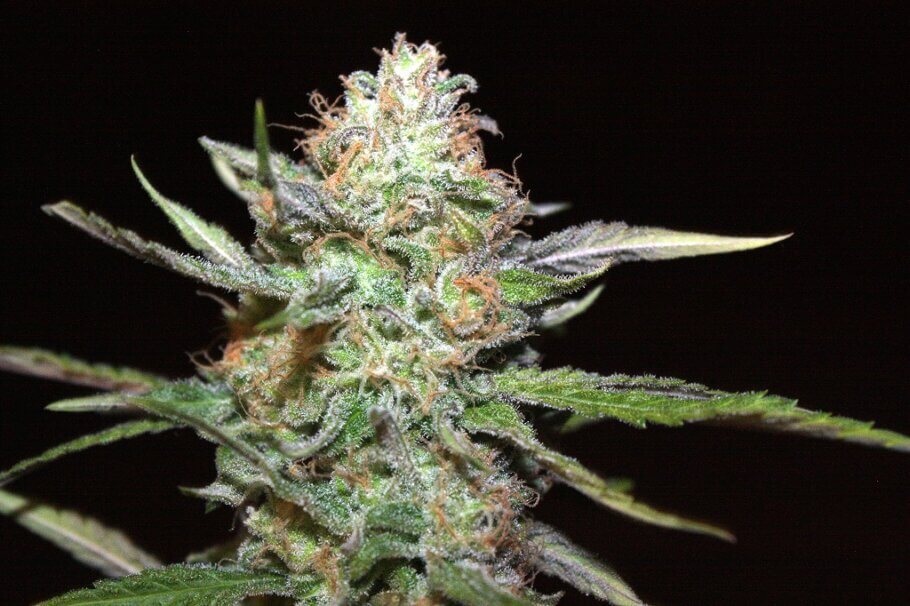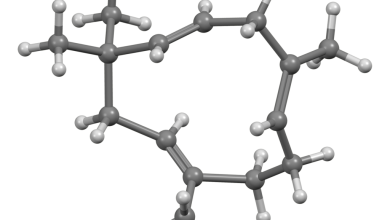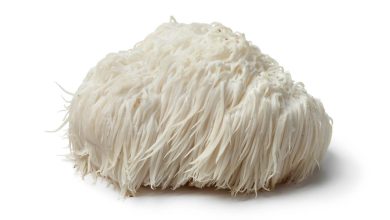RDWC growing systems- Alchimia Grow Shop
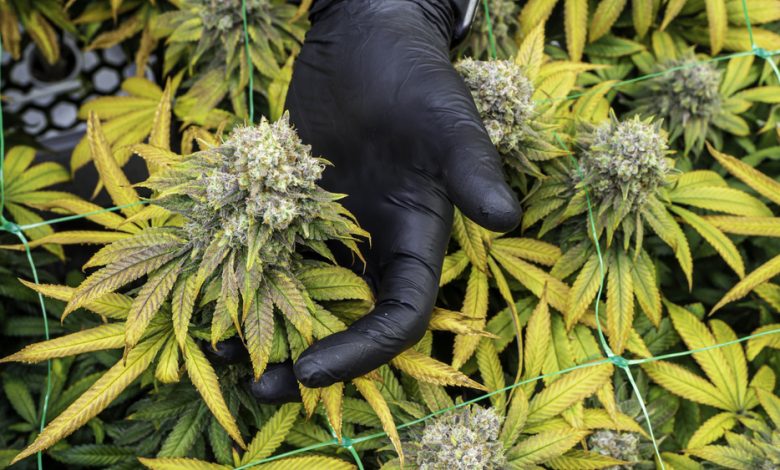
In the panorama of hydroponic growing systems, you have surely heard of the DWC or Deep Water Culture system, which at the time was established as an innovative and efficient cultivation methodology in which the roots of the plants are submerged in a nutrient solution inside a bucket. Challenging the conventions of traditional soil growing, the DWC technique fuses simplicity with effectiveness, offering growers exceptional results, especially in terms of final plant performance.
Well, today we want to present you a variant of this system called RDWC or Recirculating DWC, that is, a DWC cultivation method that includes the recirculation of the nutrient solution between the different containers that house the plants and a central nutrient reservoir. Get ready to fully immerse yourself in the world of hydroponic cultivation with this interesting technique!
Super deals Cyber Days a Cannabis seed banks
What is DWC cultivation?
The Deep Water Culture or DWC growing system is a hydroponic growing technique in which plant roots are immersed directly into a highly oxygenated nutrient solution. It is, therefore, a clear example of what we understand by hydroponics, a system that dispenses with soil and uses a nutrient solution to feed the plants. Well, with this method we go one step further, submerging the roots in an aquatic medium to which oxygenation is applied using an air pump and diffusers to maximize the absorption of oxygen and nutrients.
Here we summarize some key features of the DWC growing system:
- Nutrient Tank: The DWC system includes a tank – acting as a plant pot – that contains a well-balanced nutrient solution. This tank is usually equipped with an air pump that provides oxygen to the solution to prevent suffocation of the roots. The plants are placed on a platform that rests on the tank, as a lid, and which normally includes a net pot in which to place the plant. The roots extend downward, submerging themselves in the nutrient solution contained in the tank.
- Constant aeration: A constant supply of oxygen in the solution is essential for the success of this system. This ensures that the roots receive oxygen efficiently, stimulating healthy and vigorous growth, which translates into spectacular development of the aerial part of the plant, that is, the leaves, stems, and flowers.
- pH and Nutrient Monitoring: It is crucial to regularly monitor the temperature, pH level, and nutrient concentration (EC or electroconductivity) in the solution. Maintaining these factors in an optimal range is essential for adequate nutrient absorption by plants, allowing them to maximize their performance.
- Simplicity of maintenance: Although it requires careful monitoring, the DWC system is known for its relative simplicity compared to other hydroponic methods, as well as the excellent results it offers. Lack of soil eliminates many problems associated with soil diseases and facilitates direct control of growing conditions, in addition to helping greatly when cleaning the system.
As you can see, the DWC growing system is particularly popular among hydroponic growers due to its high efficiency in delivering nutrients and oxygen to the roots, which can result in faster growth and larger harvests. However, precise management of factors such as temperature, pH, and nutrient concentration in the water where the roots rest is essential to ensure the success of the crop.
Cannabis growing systems
Choosing the right cultivation system for your needs can be a real challenge, especially when you are new to the world of home cultivation. Today we want to make things easier for you with a summary of the most commonly used cannabis growing techniques, and their main characteristics, so your choice is much easier to make.
RDWC, the logical evolution of Deep Water Culture
As you have seen, traditional DWC growing is done in individual buckets, which act as pots, so the nutrient solution must be prepared and adjusted in each and every bucket being used. Of course, you can start by mixing water and nutrients in a large-capacity irrigation tank and then filling the buckets with this nutrient solution, but from now on and during cultivation you must treat the buckets individually, controlling the EC and pH of each one separately and preparing the new nutrient solution for each one when necessary.
The RDWC (Recirculating Deep Water Culture) deep water recirculation culture system differs from the traditional one basically in the addition of a central irrigation tank from where the nutrient solution is distributed to each of the containers in a recirculation system, that is, the irrigation water returns to the tank after passing through them. These are some of its most significant advantages:
- Greater pH stability: The RDWC system uses a recirculation system that allows for greater pH control and stability compared to traditional DWC. Constant recirculation helps maintain pH levels within an optimal range, providing a more stable environment for plant development.
- Uniform distribution of nutrients: Recirculation of the nutrient solution contributes to a more uniform distribution of nutrients in the solution. This ensures that all plants in the system receive equitable feeding, promoting uniform growth.
- Increased root oxygenation: Like traditional DWC, RDWC provides excellent root oxygenation due to immersion in the highly oxygenated nutrient solution; However, constant recirculation contributes to better oxygen distribution, promoting even healthier root development.
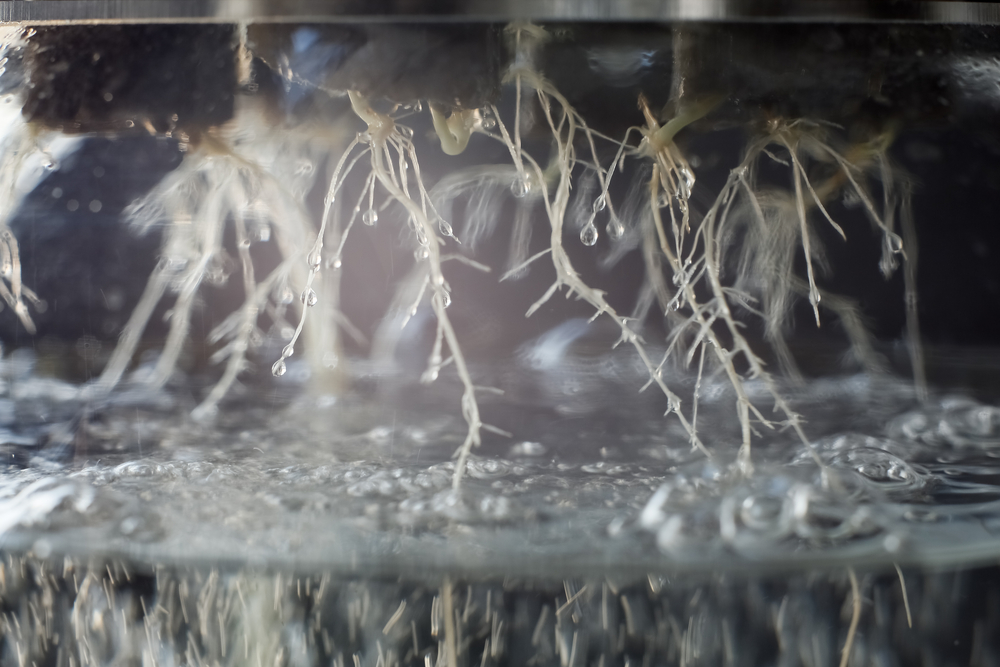
- Less stress on plants: The continuous recirculation of water in the RDWC system helps reduce stress on plants by providing greater stability in terms of nutrients and oxygen. This can result in more vigorous growth and greater resistance.
- Easy Nutrient Monitoring and Adjustment: RDWC systems often include easy access to recirculation channels, making it easy to monitor and adjust nutrient concentration and offering growers greater control over the growing environment.
- Scalability: RDWC systems are easily scalable to accommodate different crop sizes. The ability to connect multiple grow containers to a central recirculation system makes it easy to manage and expand large facilities.
- Reduced water waste: Recirculating water in the RDWC reduces waste compared to traditional DWC, as water is reused instead of being discarded.
- Continuous irrigation cycle: Constant recirculation allows for a continuous irrigation cycle, ensuring that the roots receive nutrients and oxygen constantly, which promotes spectacular growth and flowering.
As you can see, although both systems are highly efficient, the RDWC offers notable improvements in terms of growing environment stability, nutrient distribution, and ease of handling, making it an attractive option for many hydroponic growers, especially professionals who need to obtain the best possible yields and be able to increase the cultivation surface easily, adding more cultivation containers to the central irrigation unit or tank.
Happy harvest!
The articles published by Alchimiaweb, S.L. are reserved for adult clients only. We would like to remind our customers that cannabis seeds are not listed in the European Community catalogue. They are products intended for genetic conservation and collecting, in no case for cultivation. In some countries it is strictly forbidden to germinate cannabis seeds, other than those authorised by the European Union. We recommend our customers not to infringe the law in any way, we are not responsible for their use.
